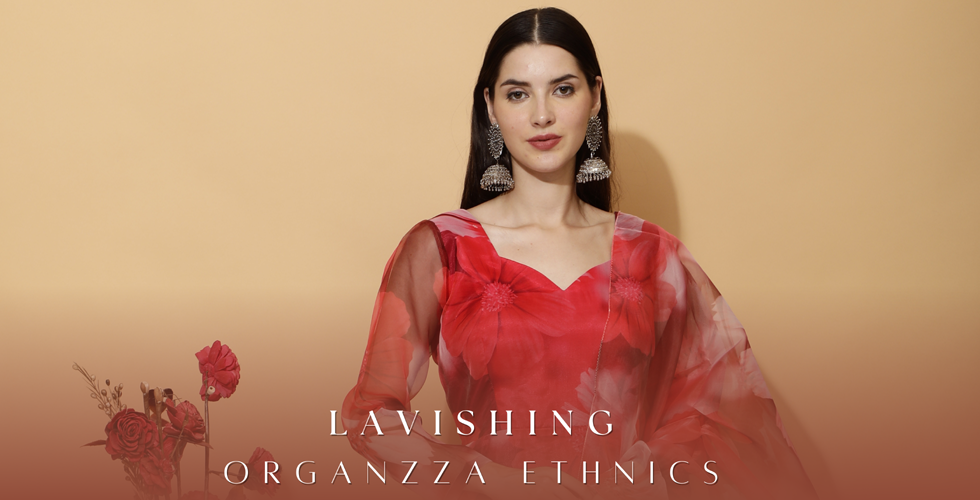According to a popular saying, wearing an organza attire may make you feel as ethereal as wearing a diamond ring.
This explains why it is widely used in bridal trousseaus, formal attire, and special event clothing.
Organza was regarded as one of the prettiest fabrics with a profound feminine attraction in the vintage times of the Victorian era.
History and Origin
China and India are two of the main producers of organza lehenga online, yet none of them is where the history of the fabric began.
The word "Organza" comes from the Turkestani town of "Urgang," which also happens to be the name of the place where the first known example of this fabric was made.
Their translucent curtains were exported to the rest of the globe through the renowned silk trade routes of antiquity.
TRENDSETTER ON THREADS
In actuality, the term "organza" refers more to the weaving pattern of fabric than to a specific kind of fabric; it is closely connected to the term "Organzine," which describes how silk thread strands are twisted together in directions that are counter to those of each individual strand.
Because the yarn used in its creation has always been made from silk, the usage of organza ethnic clothing with embroidery has historically been restricted to the indulgence of the aristocracy.
Since then, it has advanced significantly, and weavers have made it feasible to create it using synthetic fibers like viscose, polyester, and nylon.
ALL-TIME FAVOURITES
Despite being around for a very long time, an organza dress has managed to find a particular place in the hearts and closets of women from many ethnic origins.
This drape, which has a naturally lovely appearance in pastel colors and dazzling tones, is embellished with a variety of techniques, including finely stitched threads, floral motifs, and striking patterns.


.png)
.png)

